On Sept. 15, 1963, four girls were killed in a church bombing in Birmingham, Alabama by white supremacists. Fifty-six years later, photographer Dawoud Bey finds a way to tell their stories through a series of retroactive portraits in his exhibit “Birmingham, Alabama 1963.”
The exhibit, located at the Museum of Contemporary Photography at 600 S. Michigan Ave., features portraits of the four girls who were killed in the bombing of 16th Street Baptist Church and the two black teenagers who were killed in the aftermath of the tragedy. The exhibit also features Bey’s video art piece, “9.15.63,” which explores modern African American social spaces in Birmingham.
In each photograph, an adult the age the victim would be in 2013 poses next to a child the age of the victim when they were killed. Both stare into the camera as if to beg for understanding.
“I decided to make the lives of those young six African American lives more physically palpable,” said Bey. “How does one visualize that there were lives that they never got to live?”
The large scale photographs are juxtaposed with photojournalistic images from Birmingham in the same year to give audiences context to the world they were peeking into.
The exhibit includes works from the Black Star Collection, curated by Dr. Gaelle Morel of the Ryerson Image Centre in Toronto. The series contains powerful imagery from the Civil Rights movement in Birmingham — photos of police dogs attacking an African American man, or of teenagers smiling as they protest Jim Crow segregation — bringing context and layers to the children Bey photographically represents.
“Our visual culture was predominantly who were producing images for the press,” said Morel. “What we know about an event is what is given to us.”
Morel said that her curated collection and Bey’s series each bring something different to the exhibit; the Black Star Collection is more historical and clinical, while Bey’s is more personal and intimate. The two collections together give viewers a more comprehensive experience of Birmingham in 1963.
“This is the work that I’m most excited to see since it’s referencing such a poignant moment in history and kind of trying to like make sense of that in this current moment,” said photographer and SAIC student Kianni Bey (no relation to Dawoud).
She took the opportunity to analyze both the Birmingham exhibit and Bey’s other series, “Night Coming Tenderly, Black,” previously at the Art Institute of Chicago. As a photography student, she said she appreciated his creativity in telling these different narratives.
“Night Coming Tenderly, Black” depicts landscapes of rural Ohio in attempt to photographically recreate the path of runaway slaves to freedom during the time of the Underground Railroad. Like the Birmingham project, the series was a way to capture a retroactive portrait of what being African American in the United States has meant throughout the nation’s history.
“Birmingham, Alabama, 1963: Dawoud Bey/Black Star” was produced in conjunction with Columbia College and is open through July 7.


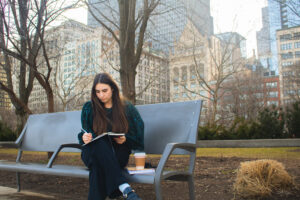
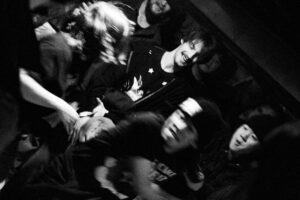
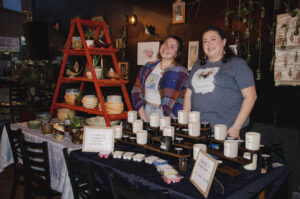
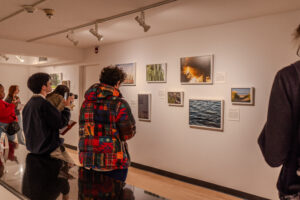


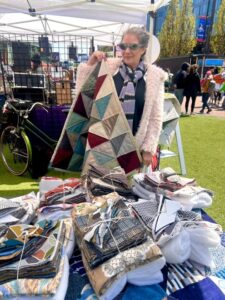
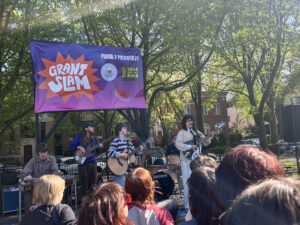

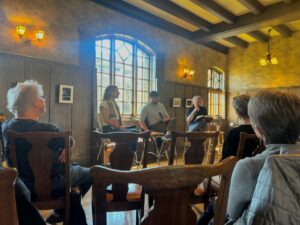


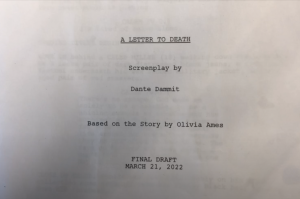


Be First to Comment